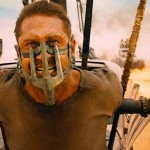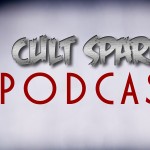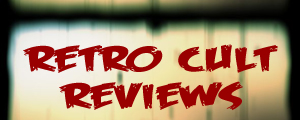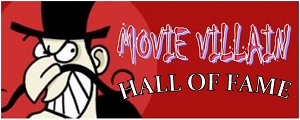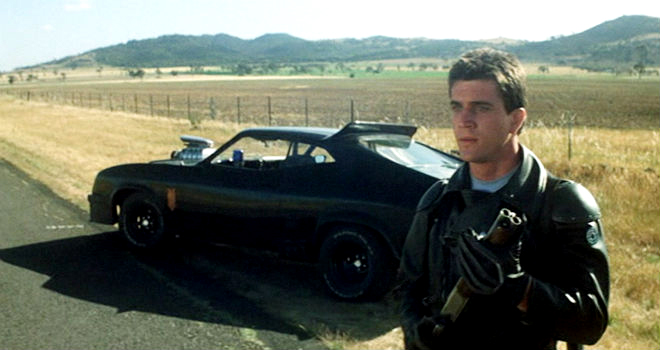
In 1979, the original Mad Max must have been been simple enough to analyze. It was an exploitation flick, full stop. R-rated films had been introduced to Australian audiences in the early 70s, and native filmmakers spent the next decade using the new rating to push the boundaries of sex, violence and general mayhem on the big screen. A medical doctor and short-film tinkerer named George Miller saw an opportunity and took it, crafting a bit of celluloid craziness loaded with murder, revenge, motorcycles and souped-up cars. Had Miller not taken as well to feature filmmaking as he did — or had he not stumbled upon a young actor named Mel Gibson and hired him to star — maybe the film would have come and gone without permeating the public consciousness and been eventually lost to B-movie history. But here was the thing: Gibson was a bona fide movie star, and Miller could crash two vehicles together and film it like nobody's business. Mad Max became more than an exploitation film; it became a hit.
You all know what came after: The Road Warrior. The feral kid. Thunderdome. "Two men enter, one man leaves." Gibson's entire career, largely predicated on the notion of revenge and how well he sold the persona of a badass scorned. And then, finally, last year's Mad Max: Fury Road, a semi-reboot still directed by Miller that everyone loved (including me) and that won six Oscars just a week or so back. All of that from this little Australian movie that didn't even really feature the post-apocalyptic setting that became the series' defining trait.
So watching this film today is an odd experience, as it's almost impossible to look at it without considering what came after. And, in parts, the movie feels very much like a proto-Max, a trial run for the far greater successes Miller would find with The Road Warrior and Fury Road. Mad Max opens with a raving gang member, a devoted acolyte of a man named The Toecutter, tearing down a highway screaming, "I am the Nightrider! I am the chosen one!" Comparisons to Fury Road's equally zealous War Boys are easy to make. And, hell, Toecutter is played by Hugh Keays-Byrne, who would later return to the series as the War Boys' villainous leader, Immortan Joe. Right from the start, Miller was very adapt at tucking these weird little flourishes into his films that create a sense of other-worldliness. There's a scene in Mad Max where one of Toecutter's lackeys is standing on top of an open door, six feet above the rest of his gang. It serves no purpose to the character or the plot. It's just a little bit of anarchy tucked into the frame, a trick Miller would use again and again as the series went on.
And, of course, there are the car chases — fast and frenzied and a little nuts. At one point, a man pole vaults onto the top of a tanker truck, a hint of later delights to come. There are crashes and explosions. The Toecutter is taken out not by Max directly, but rather a 18-wheeler he accidentally slams into head on. Sure, maybe it would have been more emotionally cathartic to have Max do the deed directly, but Miller knows it's more fun to just run over a dude with a big rig. It's neat to pick through Mad Max, looking for the seeds that would grow into more powerful cinematic visions in later movies.
Taken entirely on its own merits, however, this is one oddly structured movie. Technically, it's a revenge picture set in a dystopian near future, although the act that Max must get revenge for doesn't occur until 15 minutes before the end credits, leaving precious little time for actual revenging. Prior to that, too much time is devoted to Toecutter's gang stalking Max's wife, Jessie (Joanne Samuel). Miller plays out the tension of "will they get her or not?" past when it's needed, allowing Jessie to escape twice and return to Max safely before the gang finally runs her down, along with Max's son. My take? If you're making an exploitation picture and you're going to kill the wife and kid, just do it so we can get to the good stuff.
Two things here: One, yes, I know Jessie technically isn't killed in the film, but she ends up in coma and dead by the time The Road Warrior starts, so same difference, And, two, it is true that one of Max's fellow Main Force Patrol officers is burnt to a crisp earlier in the film, giving Max an earlier, alternate reason to want revenge. Although that's negated by the fact that it drives him into domestic retirement and not a blood-covered path of vengeance. Long story short, the film would have been better served by moving Max's family tragedy closer to the halfway point and devoting more time to Max tearing through Toecutter's glory-riders. I'm also not a fan of the Saw-esque final confrontation between Max and one of Toecutter's underlings that ends the film. It feels a little out of character with the Max of the later films, who's more of a survivalist than some cruel dispenser of justice.
But, ultimately, there's a reason Mad Max spawned a franchise and that we're still talking about it 37 years later. It's clearly the work of a clever young filmmaker working out on screen the things that he does well. The whole movie has a gonzo, infectious energy to it that Miller would obviously expand upon in the later sequels. And while Gibson isn't fully formed here, you see glimpses of the maniacal spirit he'd later unleash in not just two more Mad Max movies, but also a series of "You Don't Fuck With Mel" films like Braveheart and the first two Lethal Weapons.
If Fury Road was the first Mad Max film someone had watched (as I'm sure is the case for many twenty-somethings out there) and they were interested in checking out the earlier films, I'd tell them they don't have to start with the original Max. It's perfectly acceptable to jump right into The Road Warrior, which is undoubtedly the better movie and the closer relation to Fury Road. But Mad Max is good enough and carries enough historical significance that I wouldn't want to rule it out for anyone either. It's not required viewing, but it is interesting viewing … and not just because of the later greatness it inspired.

